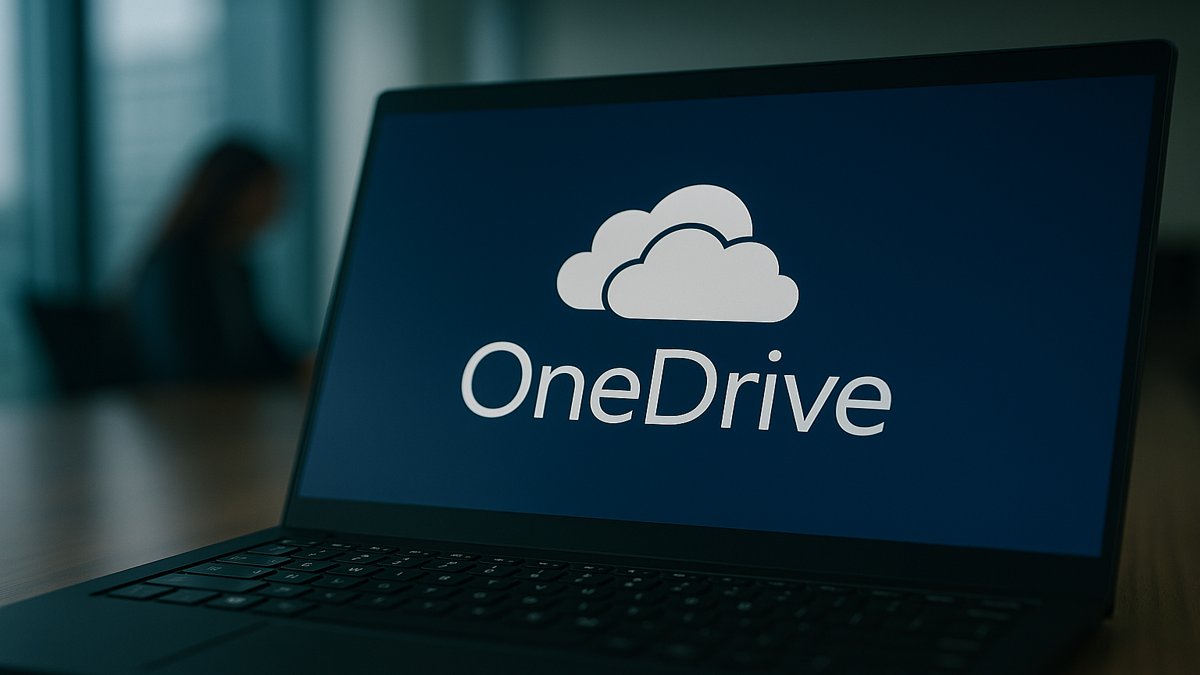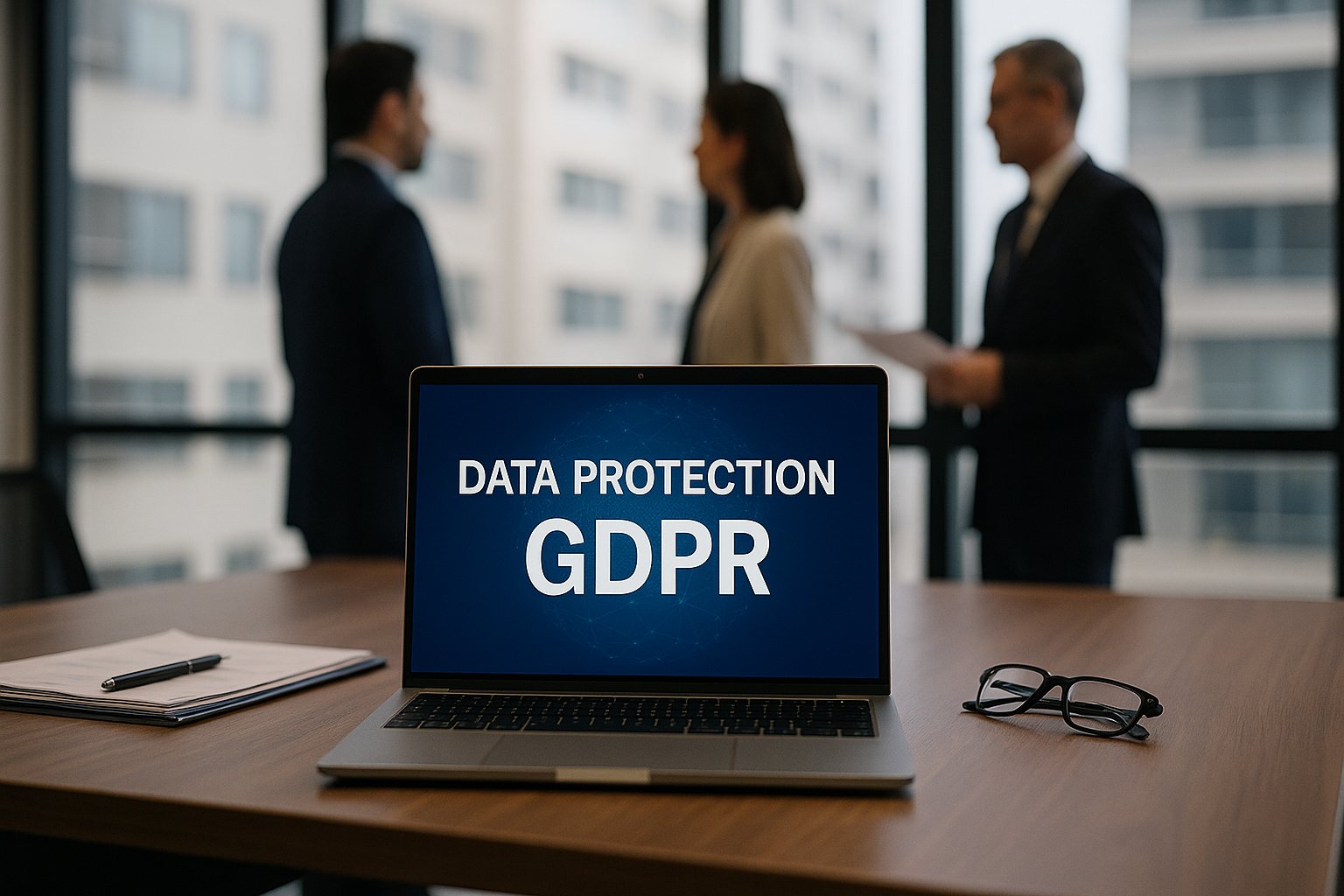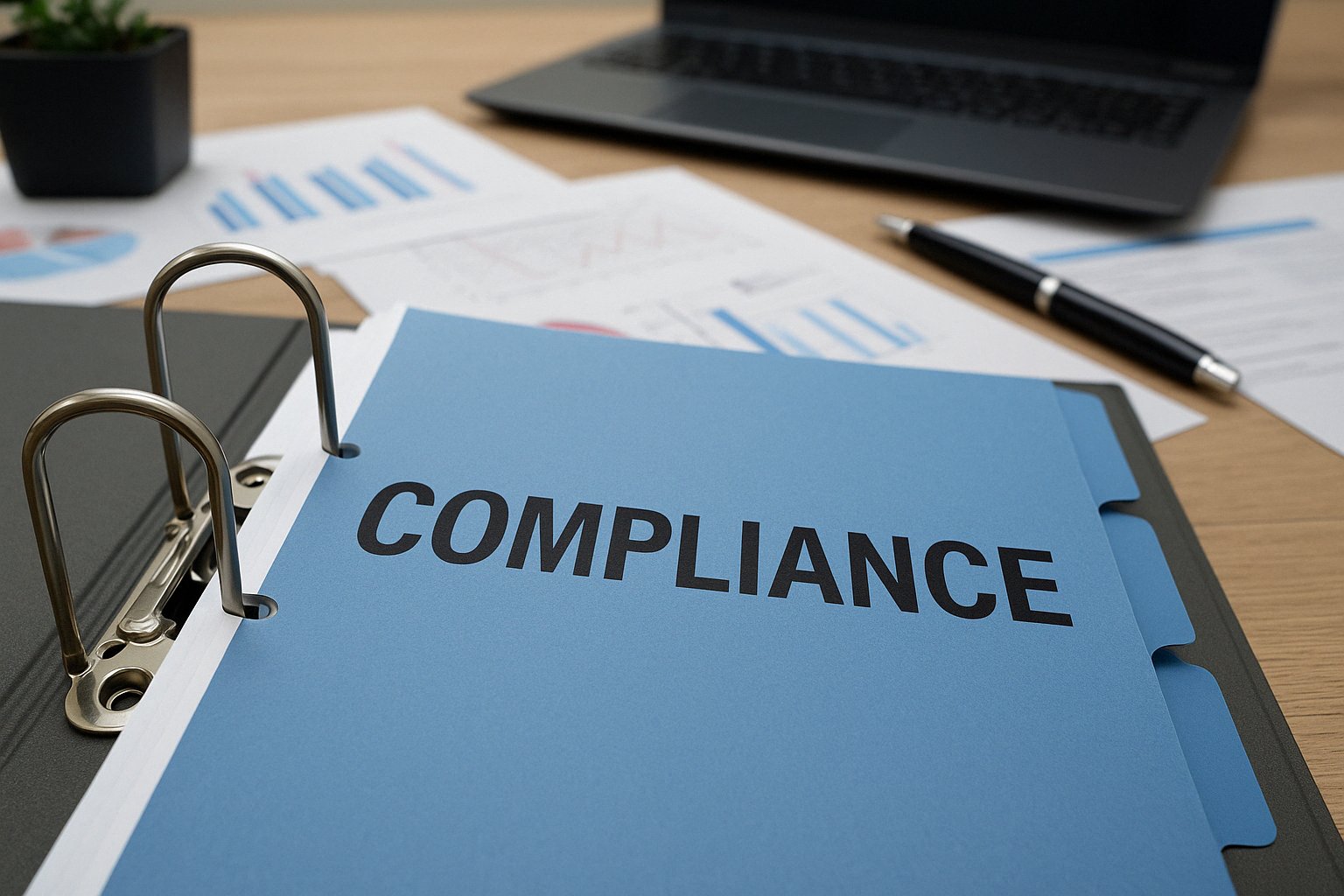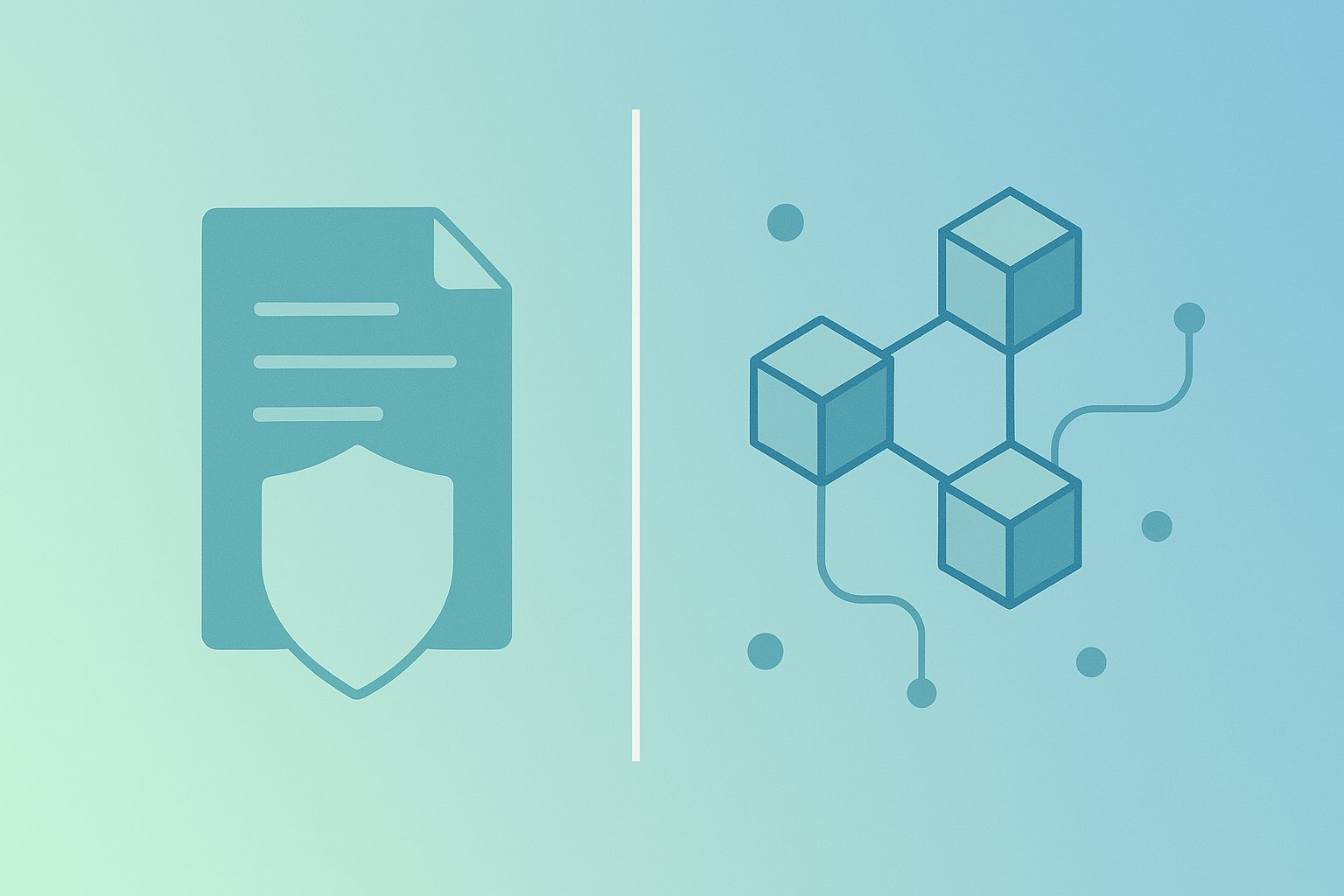regulatory compliance
-
Microsoft OneDrive Sync Feature Raises Security Concerns Among IT Professionals
Microsoft’s new OneDrive sync feature, allowing users to sync personal and corporate accounts, faces backlash from cybersecurity professionals who warn of increased risks of data leaks and compliance violations.
-
CISOs Navigate Complex Regulatory Landscape as Data Protection Laws Evolve
Chief Information Security Officers (CISOs) are adapting to the evolving landscape of data protection regulations, particularly the DPDP Act and GDPR, which demand heightened accountability and robust security measures.
-
Fragmented Compliance Practices Leave Organizations Vulnerable to Risks
A new report from Swimlane reveals that only 29% of organizations believe their compliance programs meet internal and external standards, prompting concerns over fragmented workflows and manual processes that leave teams vulnerable to penalties and security risks.
-
Distinguishing Privacy from Security: Lessons from the DOGE Incident
The DOGE incident underscores the crucial distinction between data privacy and security, revealing how merging the two can expose organizations to significant risks. As businesses navigate this complex landscape, clear strategies and defined responsibilities are essential for safeguarding consumer trust and data integrity.




